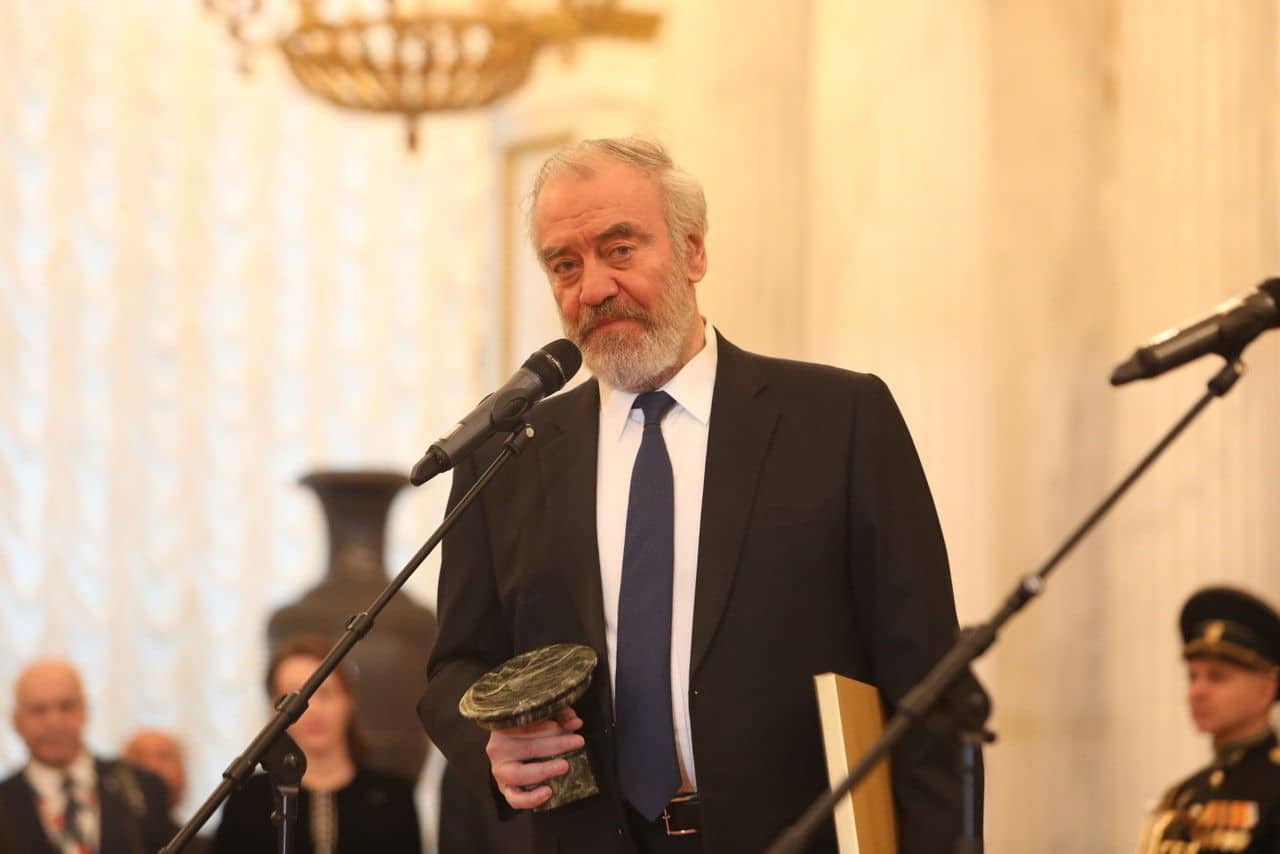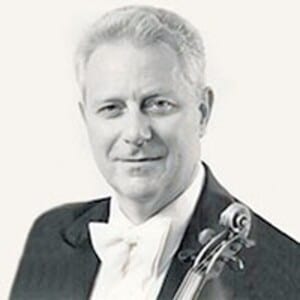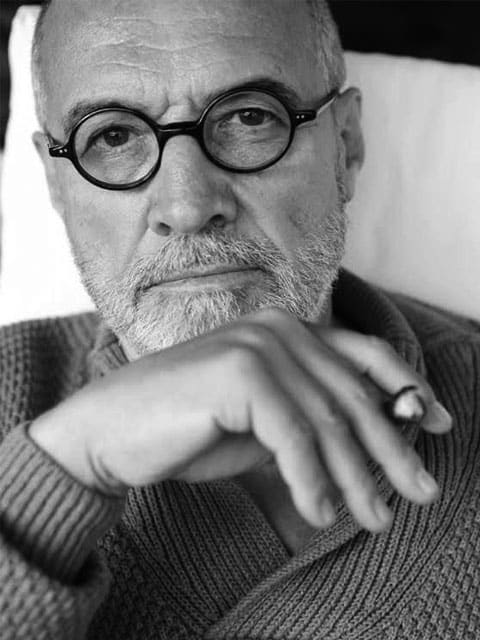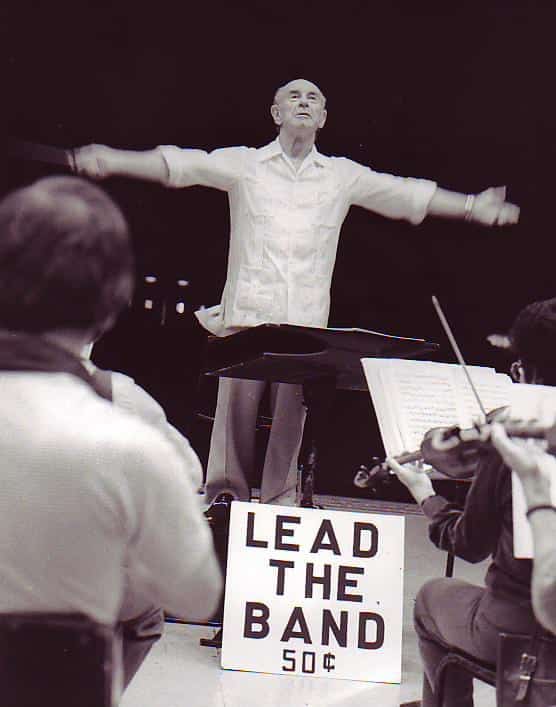A tip from the concertmaster: Here’s when you clap
mainOur friend Holly Mulcahy, concertmaster of the Chattanooga Symphony, finds that many in her audience are uncomfortable as to when – and when not – to applaud. So she’s written a little etiquette guide:
Concertmaster enters, clap. The concertmaster bows, representing the orchestra, and then tunes. You can stop clapping once the tuning starts.
Music Director enters, clap. Keep clapping; generally the music director will invite the whole orchestra to stand and share his or her acknowledgment.

After that, it gets tricky. Read Holly’s full guide here.
Among other tips is one to conductors:
It’s not a great idea to shoot glaring looks or a frantic waving arm to “discipline” an audience member who has clearly clapped in a wrong point. People will remember your actions much longer than that of the offender(s).
Ring any bells?





Two suggestions to simplify things:
– drop the concertmaster entrance; come in with the rest of the orchestra; do as in Europe and have the whole orchestra come in together. Applaud.
– as I many life situations, when you don’t know the behavioral norms, wait until you see what others do. This isn’t the place where you have to be the first!
Both excellent points! Bravo!! (Oops, maybe he’s not done!)
“Music Director enters, clap. Keep clapping; generally the music director will invite the whole orchestra to stand and share his or her acknowledgment.”
Ridiculous. Acknowledge what other than the conductor’s presence? They haven’t played a note yet. Far better the conductor enter, briefly acknowledge the audience and the applause then turn around to conduct.
You obviously are unfamiliar with the present custom: first bow for the orchestra. The bow after interval is for the conductor when he alone acknowledges the applause.
I’m afraid Ms Mulcahy and I diverge in our opinions on applause between movements. I don’t think I can think of a single instance in which I think that applause between movements does anything other than detract from the audience’s ability to concentrate on the unity of the whole work. I do understand the explanation that until relatively recently applause between movements was the norm, and that sometimes entire pieces of music might be interpolated between movements of a concerto, but just because it’s an older tradition it’s not necessarily a better one. By way of analogy, given a choice between sitting in a comfortable seat in the National Theatre or standing up in the rain for four hours at the Globe I’d take the National every time. A particular hate of mine is applause between groups of songs. I heard the chorus of the Mariinsky singing Russian sacred and folk music. Each half of the programme comprised perhaps ten pieces of around five minutes’ duration, and most of the audience insisted on applauding after every one. It really would have been much more enjoyable if we had been able to hear a group of songs without interruption. The same goes for a song recital if the programme does not comprise a cycle or series of cycles. I do appreciate that these conventions may seem daunting to people who are new to classical music, but it is very easy just to keep quiet until it’s obvious what everybody else is doing. If I go to hear a piece I don’t know I may not know when the last movement has ended, and so I wait until the consensus seems to be that the piece is over. If I hear a piece I do know I find it very distracting to hear applause after, say, the Fugue of a Bach violin sonata.
I agree that clapping between short songs or after a fugue might be distracting but there are no rules set in stone unless a performer or conductor politely suggests holding applause until the end. If nobody receives instruction, nobody should be blamed or made to feel bad for applauding, even though someone else’s vision of a perfect concert is that applause are meant to be saved for the end. That is what you get at a live concert, and it should be a gentle reminder that there are new people or excited people experiencing an emotional work who likely want to share their appreciation. After all, if one wants it absolutely pristine and quiet between movements, there is the option of streaming a recording. Enthusiasm is contagious, and performers feed off the energy an audience gives. When and orchestra feels the love, we play better, we want to give more, and the audience in turn gets an even better performance.
Thank you for the reply. No doubt the experience from the orchestra perspective can be quite different from the audience perspective. In future I shall at least think to myself, “At least the orchestra members are enjoying the appreciation”. Similarly, it did go some way to changing my mind when somebody explained that ballet dancers, especially Russians, apparently, expect lots of applause during a performance. I suppose I am somebody who likes a lot of silence. At the end of an opera, for example, I wish that people would just wait for the last notes to draw to an end before applauding, rather than starting as soon as the curtain begins to fall, which is typically a few seconds before the music actually ends.
Sometimes when I’m playing in a pit for opera or ballet and the audience applauds over the music, it makes me wonder if they can hear all of the interesting notes they are covering, but weighing that against a flat or dead audience, I will take interruptions any day. It’s exciting! I do get that some people want silence, which is why I mentioned in the blog posting that sometimes it’s a good idea for a conductor to share a vision of how the end might be taken, perhaps to wait or watch for a trick ending. That way there is a group effort (hopefully) to appreciate the silence. Sometimes that creates more tension and anticipation anyway!
In the 19th century, probably in the 18th as well, composers wrote those dazzling first movements for violin and piano concertos with the understanding that audiences would clap at the end of them. They were also uninhibited at clapping after particularly bravura riffs (example, cadenza of the Mendelssohn concert), and soloists would bow and otherwise acknowledge their applause. Of course this, like anything else, can be abused, but I would not mind a return to something that is the usual custom for opera and ballet.
Just as they do in Jazz
I once heard Ivry Gitlis receive applause after the cadenza of the Tchaikovsky concerto and then again at the end of the movement. I personally would have preferred it to have run through without interruption. As I say, it doesn’t much worry me whether or not Tchaikovsky and/or Adolph Brodsky would have wanted the applause: as a modern listener I am so much accustomed to the convention of not applauding between movements that it is not what I expect and not what I like. And who knows, perhaps if some of these composers could hear their works performed without applause they might like it too!
In opera I can understand applause after a particularly brilliant aria. I remember hearing Karita Mattila in Ariadne auf Naxos at the Royal Opera House, and at a certain point in the opera section there was so much applause that they went back and repeated the last part of what she had just sung in order to be able to continue with the music without picking up immediately after where they had left off. An event such as this is memorable. How I wish I had been at Rome the night Pavarotti sang E lucevan le stelle twice! On the other hand one would not want applause to creep into Wagner.
Ballet applause I find something of an irritation, although I gather the dancers like it. I got into ballet through the music and only later developed an interest in the dance itself, so I suppose I like to hear the music uninterrupted. At least at performances of Kenneth MacMillan’s Requiem the audience is asked to refrain from applause until the end of the whole ballet.
It is ironic that Mr Lisker refers to the Mendelssohn violin concerto, a work composed so that it has no pauses between movements (the bassoons hold a note between first and second movements).
I personally do not find applause etiquette complicated — as others have pointed out, if you are not sure when to applaud, wait for others to start. Another good clue is to look at the conductor: he/she will usually turn around to the audience when the time is right, so, if he/she is still facing the orchestra, assume that it is *not* yet time to applaud. In general, I would prefer a much longer silence at the end of a work before the applause started, especially (but not exclusively) in the case of a work such as Tchaikovsky 6, for example. Unfortunately, there always seems to be somebody who feels the need to show off that they know where the work ends.
Incessant applause *really* does ruin the experience for many audience-members (including me), so I feel it quite appropriate to glare at people who applaud at an inappropriate time. The experience of hearing music live, in a setting that reduces other distractions to the minimum humanly possible level (if only more audience-members could make an effort in this regard!), is truly precious (for modern life is really too noisy), and worth defending to the death, even at the risk of putting off some potential audience-members.
It was a long time ago, but I think I remember Artur Rubinstein remarking that he didn’t mind unexpected applause. It bugs me when it happens, but I’m a big boy and can tough it out! We need new faces in the audience, and I don’t mind if it takes them time to learn the rules. Maybe they’ll invent a few of their own and I’d be happy to try to acclimate to those new rules. 😉